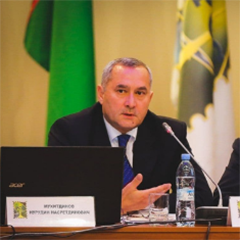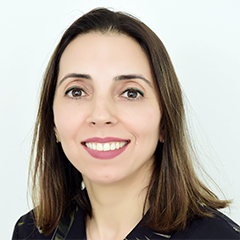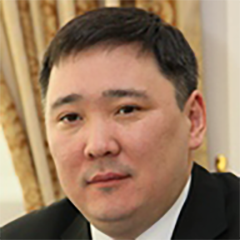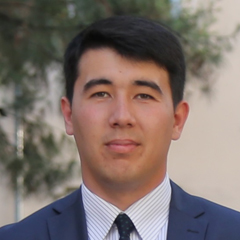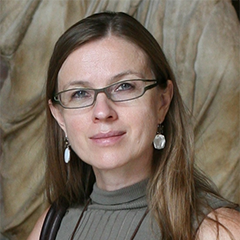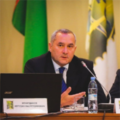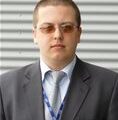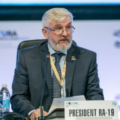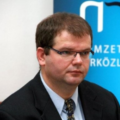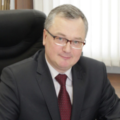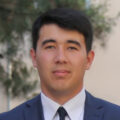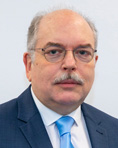Deputy Head of Scientific and Technical Center for Electromagnetic Comparability Analysis, FSUE NIIR
Education:
Moscow state Institute of electronics and mathematics (Technical University), Faculty of Informatics and telecommunications,
Speciality: Projecting and technology of radio-electronic means, 2002.
MTUCI postgraduate studies 2003-2007.
Department of Economics of communication
Candidate of economic Sciences (MTUCI, 2007)
Specialty 08.00.05 – Economics and national economy management
Honorary radioman of the Russian Federation (2014)
Participated in the work on following directions as an executing officer:
- The implementation of major infrastructure projects (Federal program “Development of broadcasting in the Russian Federation for 2009 – 2018”, the Program on elimination of digital inequality in Russia, the Creation of an integrated departmental system of radio communications, Conversion events for the development/replacement/upgrade of telecommunications equipment)
- The prospects assessment of Internet of things (IoT) technology development and their frequency support in Russia.
- Execution complex of works aimed for obtaining GKRCH decisions for implementation new/perspective radio technologies (Intelligent transport system-ITS, short range devices-SRD, LTE, DVB-T, etc.)
- The concept development of cellular mobile communication in Russia.
- The concept development of telecommunication market of the Russian Federation.
- The concept development of the radiofrequency spectrum conversion in the Russian Federation.
- Research and development/modernization of radio electronic equipment for military and civilian purposes.
- The development of methods for evaluation of electromagnetic compatibility (EMC) and conditions of joint use of the radio equipment in different frequency bands
- Implementation of locally-territorial principle of radiofrequency spectrum (RFS) conversion to provide development opportunities in different frequency bands for national digital TV broadcasting in the regions of the Russian Federation.
- Analysis of current and assessment of future frequency bands usage by various radio equipment on the constituent entities territories of the Russian Federation.
- Assessment of the technical and economic feasibility of the cognitive radio systems introduction.
- Development proposals in the position of Russia Administration at the world Radiocommunication conference (WRC-03-07-12-15-19) to protect the interests of domestic users of radio spectrum, in particular a study on the prospects of harmonization of RFS for different systems.
Main tasks are to study scientific-technical and economic-legal problems of management RFS, as well as technical, economic and regulatory issues implementation and development of perspective radio technologies in the Russian market.
Professional skills and research interests:
- Legal regulation and Economics of telecommunications;
- Innovative management technologies and ICT services;
- Strategic analysis of the radio-communication and broadcasting use;
- Quality of service in modern networks and communication systems;
- Planning and efficient use of radio spectrum.
Have extensive experience (including as chair of the meeting) in the international organizations of standardization and regulation in telecommunications, such as ITU, CEPT/ECC, ETSI.






















